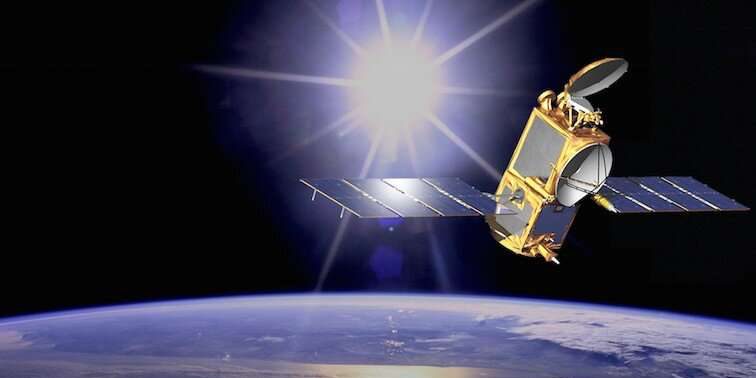Developing new propellants for satellites to replace toxic hydrazine would make launching and handling satellites safer, but it also requires disrupting current systems, according to researchers.
As the number of satellites soars, so will the amount of fuel we use to launch them. And getting into orbit is only half of the equation. Once a satellite is in position above Earth, it needs a method of propulsion to make sure it can move if needed, avoiding space debris, compensating for drag over time, and even de-orbiting itself at the end of its mission.


